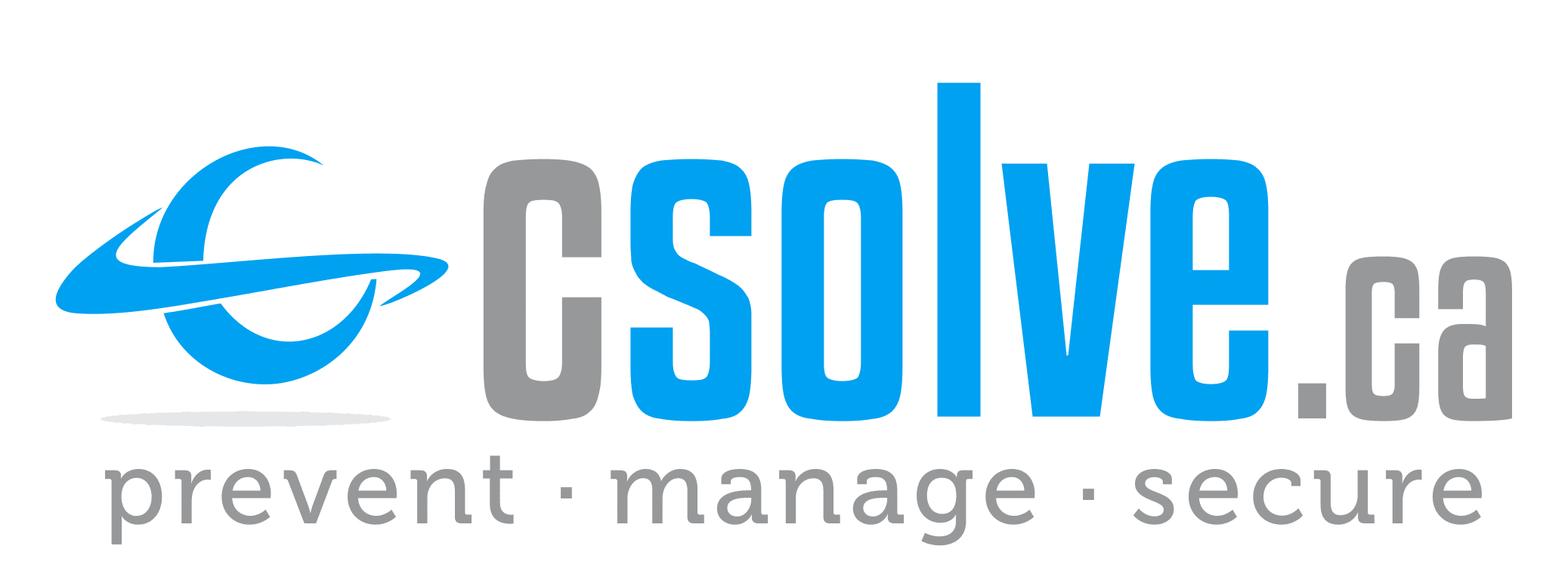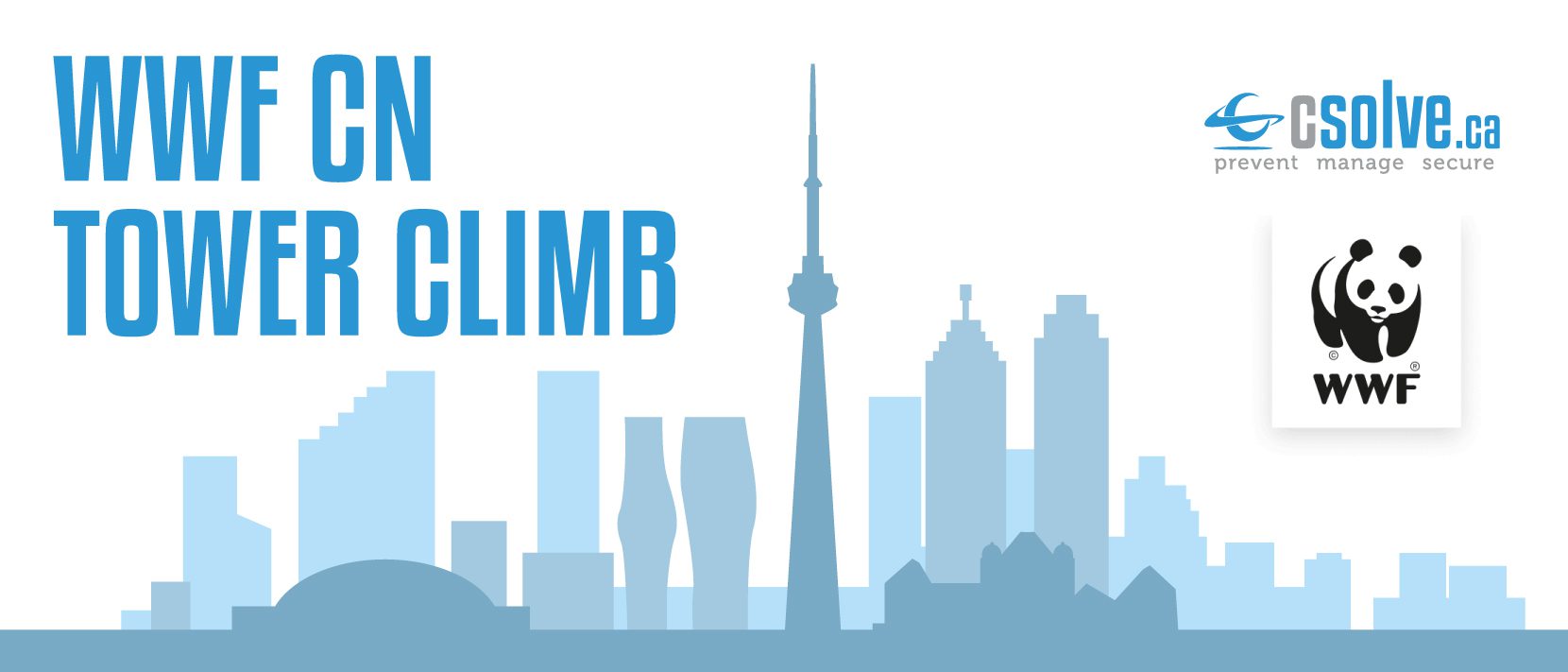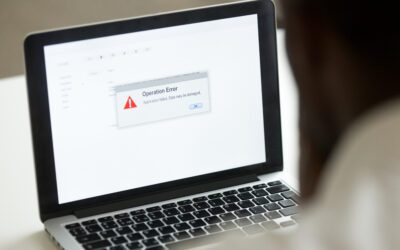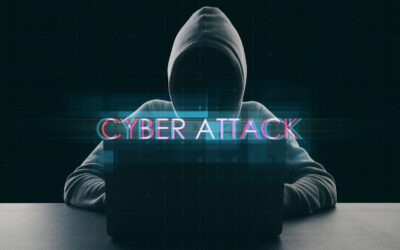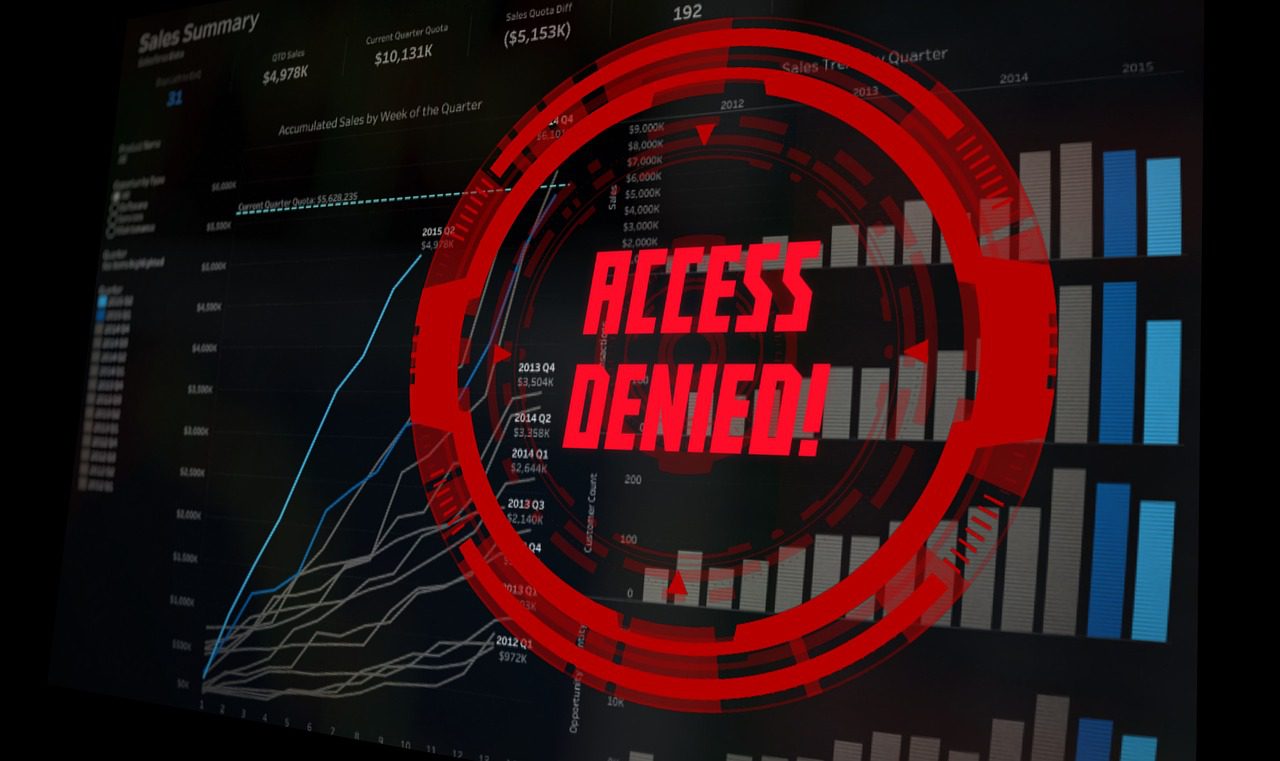
- MFA reduces unwanted access and guarantees that staff members can log in safely and effectively by combining multi-factor authentication, adaptive security, and a smooth user experience.
- Acting as a first line of defense, Umbrella blocks malicious websites, prevents phishing attacks, and protects remote workers, keeping businesses safe from web-based threats.
- As a trusted IT partner, Compu-SOLVE Technologies, Inc. helps businesses implement security solutions like MFA and Umbrella, improving a proactive approach to cybersecurity without disrupting daily operations.
Businesses of all sizes are dealing with an increasing number of cyber threats in today’s digital world. With AI-powered attacks becoming more sophisticated, organizations can no longer rely on traditional security measures. That’s where Zero Trust Security comes in. It’s not just another buzzword—it’s a proactive approach to protecting your business from potential breaches.
At Compu-SOLVE Technologies, Inc., we help local businesses and organizations navigate the evolving cybersecurity landscape. Let’s break down what Zero Trust is, why it matters, and how strong Multi-Factor Authentication (MFA) solutions and Cisco Umbrella can help enhance your security.
What Is Zero Trust Security?
Zero Trust is a security model based on a simple principle: Never trust, always verify. In the past, businesses operated under the assumption that anything inside their network was safe. But with remote work, cloud services, and increasingly advanced cyber threats, that assumption no longer holds up.
Zero Trust means every user, device, and application must prove they belong—every time they attempt to access sensitive information. It’s a more robust approach that minimises risks and strengthens security.
Why AI-Powered Threats Require a Stronger Approach
Artificial intelligence isn’t just helping businesses work smarter—it’s also giving cybercriminals new ways to bypass security. AI-driven phishing attacks, automated password-cracking tools, and deepfake scams are making it harder to detect threats. That’s why businesses need security solutions that go beyond traditional firewalls and passwords.
Enhancing Access Control with Multi-Factor Authentication
Multi-factor authentication (MFA) is one of the most effective ways to ensure that only the right people access your business’s sensitive data. By requiring additional authentication methods, MFA solutions strengthen security while maintaining a smooth user experience. Here’s how MFA enhances access control:
Stronger Authentication
Passwords alone are no longer enough to protect business systems. Many breaches occur because attackers steal or guess login credentials. MFA strengthens authentication by requiring users to verify their identity through additional methods, such as:
Push Notifications
When a user logs in, they receive a prompt on their phone to approve or deny access. This helps only the intended person log in. If an attacker attempts to use stolen credentials, the real user will receive a notification and can immediately deny the request.
Biometrics
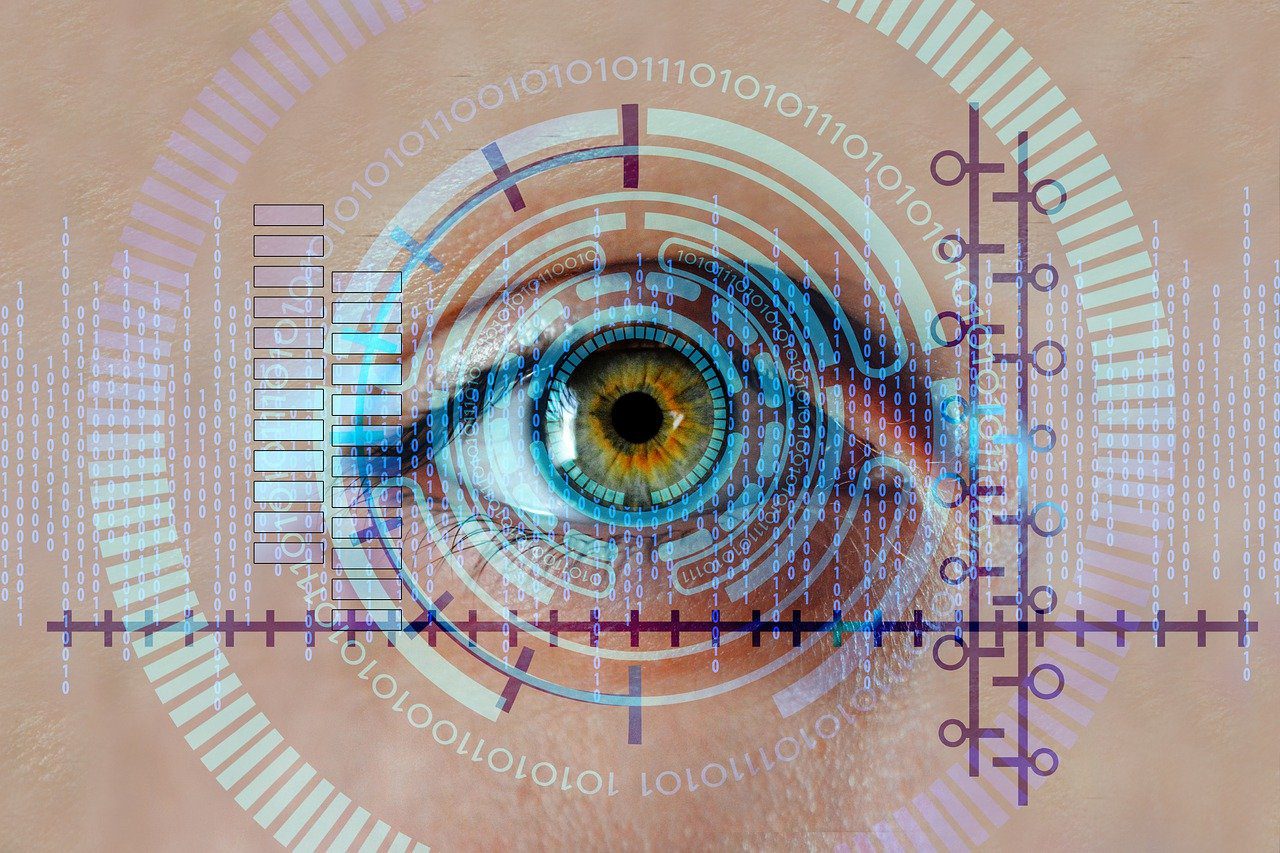
Fingerprints, facial recognition, or even voice identification add another layer of security. Since biometric data is unique to each person, it makes unauthorized access significantly harder for cybercriminals. Unlike passwords, biometrics can’t be easily stolen or replicated.
Security Keys
Hardware-based authentication adds a physical layer of security that cybercriminals cannot replicate remotely. Employees can use a USB or NFC-based security key to authenticate, where the access is granted only to those with the authorized device in hand.
Adaptive Security
Some login attempts are more suspicious than others. MFA solutions incorporate adaptive security by assessing login attempts and adjusting authentication requirements accordingly. For example:
Recognising Trusted Access
Users logging in from usual devices and locations face minimal authentication steps.
Flagging Suspicious Logins
If the same user suddenly tries to log in from another country or an unrecognised device, MFA requires an additional security check, such as biometric authentication or a one-time passcode. This shows that the login attempt is legitimate before granting access.
Blocking High-Risk Attempts
Multiple failed login attempts from an unknown IP address trigger an access block until further verification is completed.
This intelligent approach enhances security without slowing down legitimate users, providing a balance between protection and usability.
How Cisco Umbrella Minimises Security Risks
Cisco Umbrella works in the background to minimise security risks from web-based threats. It’s a cloud-based security platform that helps businesses:
Blocking Malicious Websites
If an employee clicks on a risky link, Umbrella can stop the connection before damage is done. Cybercriminals often use fake websites to distribute malware, ransomware, and other harmful programs. Cisco Umbrella analyzes web traffic and prevents users from accessing sites known to contain threats, reducing the chances of a security breach.
Limiting Phishing Attacks
Phishing attacks trick users into revealing sensitive information by pretending to be legitimate websites. Cisco Umbrella scans domains and prevents users from landing on fraudulent websites designed to steal credentials or financial information. Umbrella dramatically lowers phishing-related security incidents by blocking these websites before staff members even have an opportunity to interact with them.
Protecting Remote Workers
With remote and hybrid work becoming the norm, businesses need security solutions that extend beyond the office. Cisco Umbrella improves security policies that are consistently applied, no matter where employees are working. Whether they are connecting from home, a coffee shop, or a hotel, Umbrella enhances security measures to protect business data from external threats.
Umbrella acts as a first line of defense, filtering out harmful content before it reaches your network. Businesses can improve their cybersecurity posture and reduce risks by using Cisco Umbrella to proactively block threats at the DNS level.
Why Local Businesses Need Zero-Trust Security
Many small and medium-sized businesses believe cybercriminals only target large corporations, but that’s not the case. Local businesses and organizations often lack the advanced security systems of larger enterprises, making them appealing targets.
Implementing a Zero Trust framework with MFA and Umbrella can help businesses minimise security gaps and reduce the impact of cyber threats.
At Compu-SOLVE Technologies, Inc., we understand that security is about improvement, not perfection. No solution can promise absolute protection, but a Zero Trust approach can significantly enhance security, minimize risks, and improve access control. Cyber threats are always evolving, but with the right tools and strategies, your business can stay ahead. If you’re ready to explore how MFA and Umbrella can strengthen your security, reach out to our team today!
